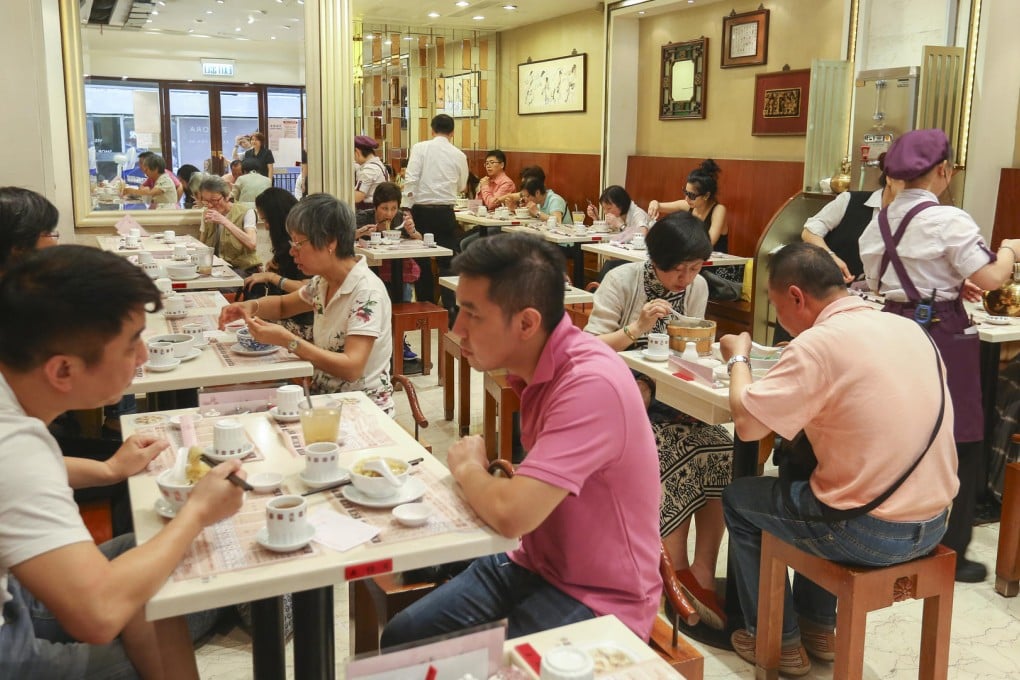Get a miniature bowl of wonton noodles at Chee Kei
Hong Kong restaurant chain keeps alive the tradition of serving sai yung, small portions of wonton noodles, as a snack

Although many people regard wonton noodles as a proper meal, the dish was actually introduced as a light meal to be eaten before or after the theatre. For Hongkongers of a certain age, having a sai yung, or a miniature bowl with a few dumplings and a mouthful of noodles, is like having an egg tart between meals.
Sai yung translates as small hibiscus. There are many stories as to how the name came to be, and one of the most cited is that the literati took to calling wonton noodles "hibiscus" as a pun related to one of Tang dynasty poet Bai Juyi's famous works. Medium and large bowls of wonton noodles were called jung yung and dai yung.
Most wonton noodle eateries have phased out the sai yung, as the bill per head is too low, says Danny Chan, operations director at Chee Kei, which still offers sai yung in all its five branches. Chan says they still serve it because "it's part of Hong Kong tradition, from the days when dai pai dongs and illegal food carts serving wonton noodles were all over the city. We hope to keep that culture alive."

Chee Kei's sai yung consists of two wontons and seven qian of noodles (one qian is about three grams).
As with all wonton noodles, the dumpling wrappers should be as thin as possible, with a significant portion of the wrapper left unfilled, resulting in a "goldfish tail". The filling consists of prawns and pork (half fatty and half lean, says Chan), lightly seasoned with salt, sugar and white pepper. Red rice vinegar, Yu Kwen Yick chilli sauce and XO sauce are offered as condiments.